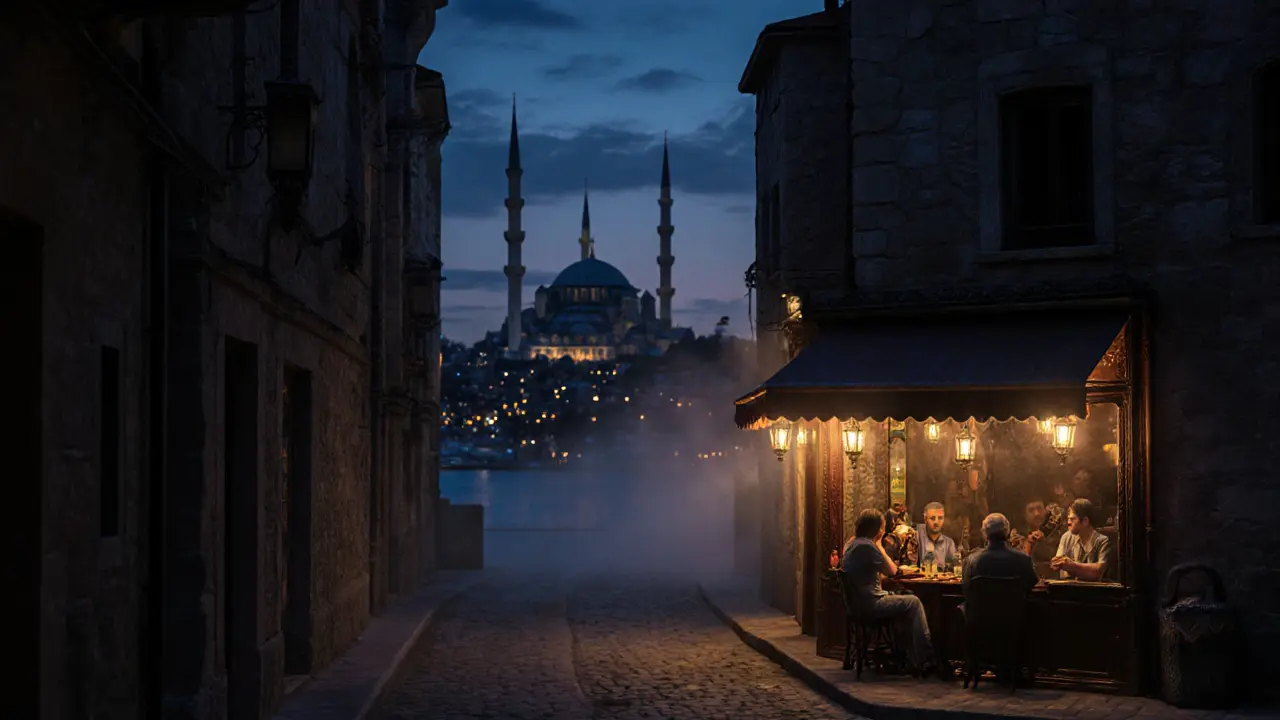Traditional Turkish Entertainment: Authentic Nights Out in Istanbul and Beyond
When you think of traditional Turkish entertainment, a vibrant blend of music, dance, storytelling, and social gathering rooted in centuries of Ottoman and Anatolian culture. Also known as Turkish folk nightlife, it’s not just performance—it’s participation. This isn’t the kind of show you watch from a distance. It’s the kind you join—clapping along to the duduk, sipping raki at a dimly lit meyhane, or dancing to the rhythm of the kemençe in a backstreet Istanbul courtyard.
At the center of this world is the meyhane, a traditional Turkish tavern where food, drink, and live music come together in a relaxed, communal setting. Unlike Western bars, meyhanes aren’t about loud beats or VIP sections. They’re about long evenings, shared plates of meze, and singers who know every lyric of a classic Turkish ballad. The fasıl, a structured sequence of classical Turkish music pieces performed live, often starts slow and builds into a crescendo that pulls everyone into the moment. You’ll hear the saz, the ney, and the darbuka—not as background noise, but as the heartbeat of the night. Then there’s the Turkish folk dance, regional styles like the Halay, Horon, and Bar, each tied to a specific part of the country and performed in circles with linked arms. These aren’t tourist tricks. They’re living traditions passed down through families, still danced at weddings, festivals, and quiet Friday nights in Anatolian villages. Even in modern Istanbul, you’ll find these roots alive—hidden in basements near Kadıköy, in open-air courtyards in Beyoğlu, and in small towns where the music never stops.
What makes traditional Turkish entertainment different isn’t the costumes or the instruments—it’s the honesty. There’s no pretense. No forced smiles. Just people connecting over shared songs, stories, and silence between notes. You won’t find this in a club with a DJ spinning EDM. You’ll find it when a stranger hands you a glass of raki and says, "This one’s for your journey." That’s the real thing.
Below, you’ll find real stories from people who’ve lived these nights—from quiet meyhanes in Istanbul to unexpected folk gatherings in Cappadocia. These aren’t travel brochures. They’re unfiltered accounts of what happens when you step off the beaten path and let Turkish culture lead the way.
